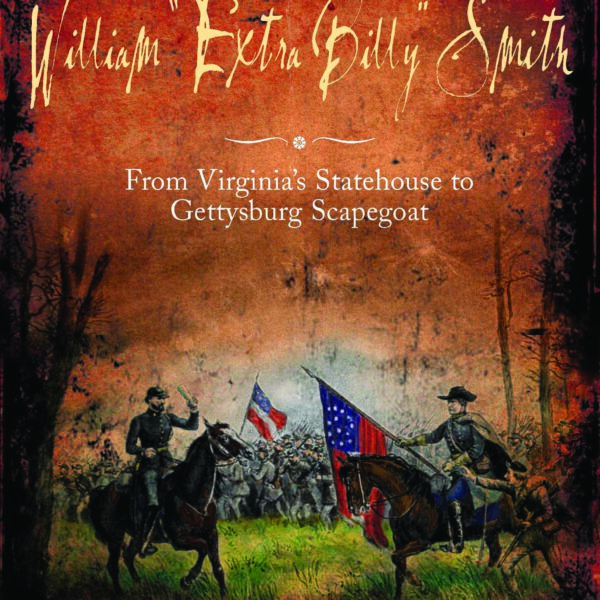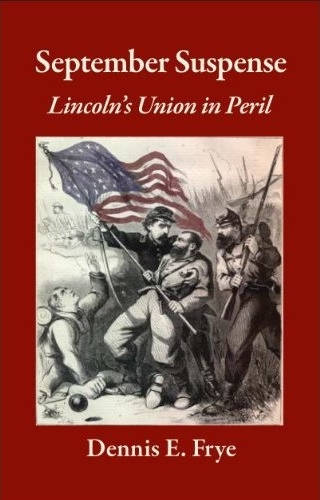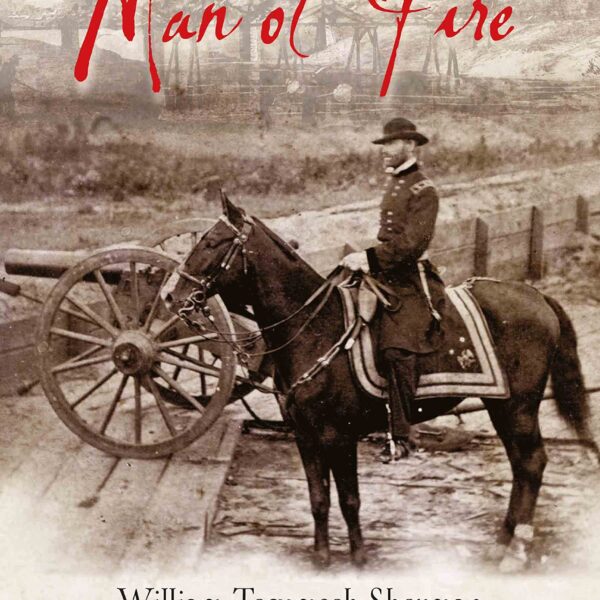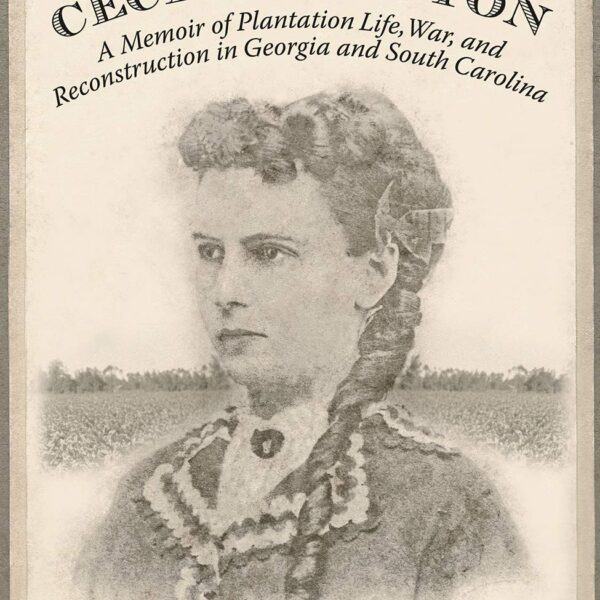Inglorious Passages: Non-Combat Deaths in the American Civil War by Brian Steel Wills. University Press of Kansas, 2017. Cloth, ISBN: 978-0700625086. $34.95.
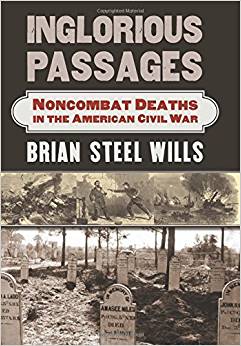 In October 1862, one month after the single bloodiest day in American military history, a Northern newspaper reported the death of local boy Henry P. Smith. “He had passed through the terrible battle at Antietam, unharmed,” it lamented, but succumbed a mere matter of weeks later to “an attack of violent disease.” They concluded that, although he had not fallen in combat, he nevertheless represented “another victim of the slave-holders rebellion” (5). Smith’s case reminds us that disease, and not enemy bullets, represented what the historian Bell I. Wiley called the Civil War’s “deadliest foe.”
In October 1862, one month after the single bloodiest day in American military history, a Northern newspaper reported the death of local boy Henry P. Smith. “He had passed through the terrible battle at Antietam, unharmed,” it lamented, but succumbed a mere matter of weeks later to “an attack of violent disease.” They concluded that, although he had not fallen in combat, he nevertheless represented “another victim of the slave-holders rebellion” (5). Smith’s case reminds us that disease, and not enemy bullets, represented what the historian Bell I. Wiley called the Civil War’s “deadliest foe.”
Brian Steel Wills’ latest work, Inglorious Passages: Non-Combat Deaths in the American Civil War, examines the tragedy-within-a-tragedy of soldiers (and civilians) like Smith, who died neither at the hands of the enemy nor on the field of battle, but ignominiously: of disease, by accident, or, as Wills relates in one particularly enthralling chapter, by random “Acts of God.” Two thirds of all the fatalities that occurred during the war were not caused directly by the enemy, and it has become easy to lose sight of the fact that more than 400,000 of the at least 620,000 war-dead perished not on the battlefield, but rather in a camp or hospital. The death of Henry Smith, Wills reminds us, was actually typical. Understanding this unglamorous fact can fundamentally alter our impressions of the experience of the war for those who lived through it. In his thoroughly researched book, Wills re-centers non-combat deaths in the larger story of Civil War loss and bereavement.
Wills organizes his book by the various circumstances of his subjects’ demise, with chapters on deaths in camp; as prisoners of war; in railroad, maritime, and industrial accidents; and more. Rather than dwelling solely on death by disease, which he addresses early on, Wills’ book ultimately focuses far more on accidental deaths and the routine dangers faced by participants during all phases of their service. The picture that emerges is one where even the most mundane situations could—and very often did—turn deadly. Soldiers drowned crossing rivers, fell from trains, and were thrown from their horses; weapons misfired, boilers exploded, and troop transports derailed and sank. Sometimes, soldiers were killed in startlingly improbable ways. Wills devotes three pages, for example, to different accounts of soldiers struck by lightning. One Florida recruit was even “taken by a shark, while bathing” (25).
The sheer number and variety of fatal incidents discussed by Wills is staggering. Alcohol frequently figured in these episodes, to the point that it becomes difficult at times to think of some of these men as casualties of war. If there is a criticism of Wills’ book, it is that his focus on preventable deaths (as opposed to disease, which struck indiscriminately) has the result of diminishing a sense of tragedy.
Soldiers, Wills shows, understood the unseen and less remarked upon dangers attendant with their service. They dreaded the possibility not just that they might be killed, but that they might be denied even a chance at a glorious death in battle. Union chaplain Charles Humphreys, for example, who narrowly escaped drowning, contemplated the “unheroic homeliness” of the fate he had nearly met. “This inglorious taking off,” he wrote, “is hardly what I anticipated in coming out to fight for my country” (1). Confederate soldier John Henry Cowin recorded the death by disease of two of his comrades, writing that even for his battle-hardened unit, their loss had “cast a gloom over the whole company . . . We know not upon whom death may lay his icy fingers next, as in both of these cases, it may be upon those whom we least expect” (41). The reflections of Wills’ subjects on the capriciousness of fate amidst the unprecedented loss of life of the Civil War are among the most moving moments of the book. “We are now bound together,” concluded one Minnesotan, “by common bereavements and common dangers into one body” (42).
Wills also includes noncombatants in his study and examines the many ways that the war fatally invited itself into their lives. Factory accidents related to war production, such as the explosions at the Washington Armory and Brown’s Island Laboratory in Richmond, claimed many laves. Refugees from the armies of both sides suffered as well, and contemporaries did not hesitate to classify them as victims of the conflict. One Southern diarist lamented the death of her niece, writing that she represented “another victim of the war; as much as her brother, who received his mortal wound at Dranesville” (243). Civilians, particularly in the chaotic South, quickly learned that they were not immune to the multifarious dangers the war entailed.
Wills’ study of noncombat deaths brings together into a cohesive whole the various kinds of mortal danger facing soldiers and civilians, driving home the universality of sacrifice and loss for Americans during the Civil War. The sheer variety of ways that men and women died during the war, explicated at length in Inglorious Passages, broadens the reader’s understanding of the dangers faced by both enlisted men and civilians. Indeed, the book underscores the sheer ubiquity of death that descended upon the nation between 1861 and 1865.
Clayton Butler is a graduate student in the Department of History at the University of Virginia.

